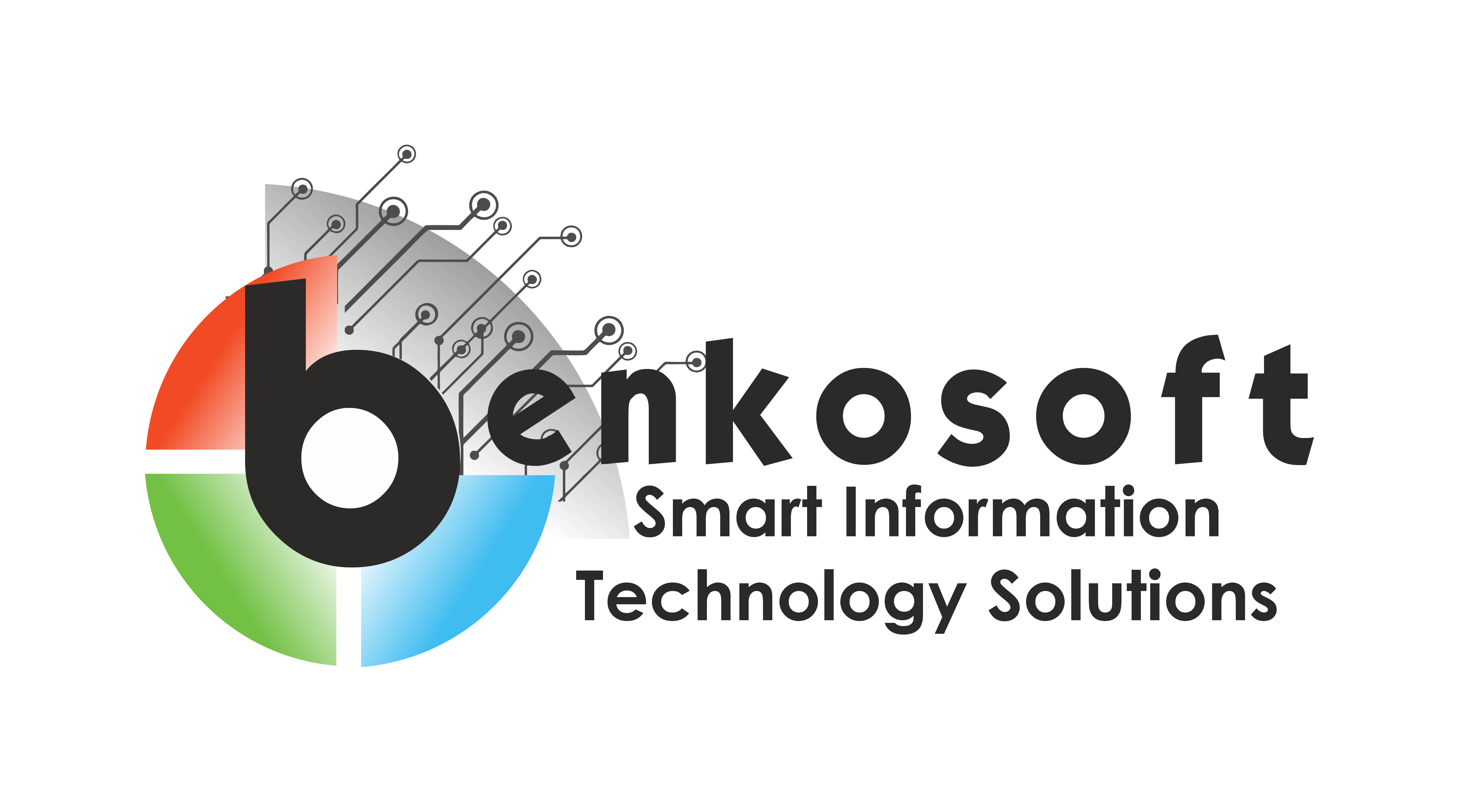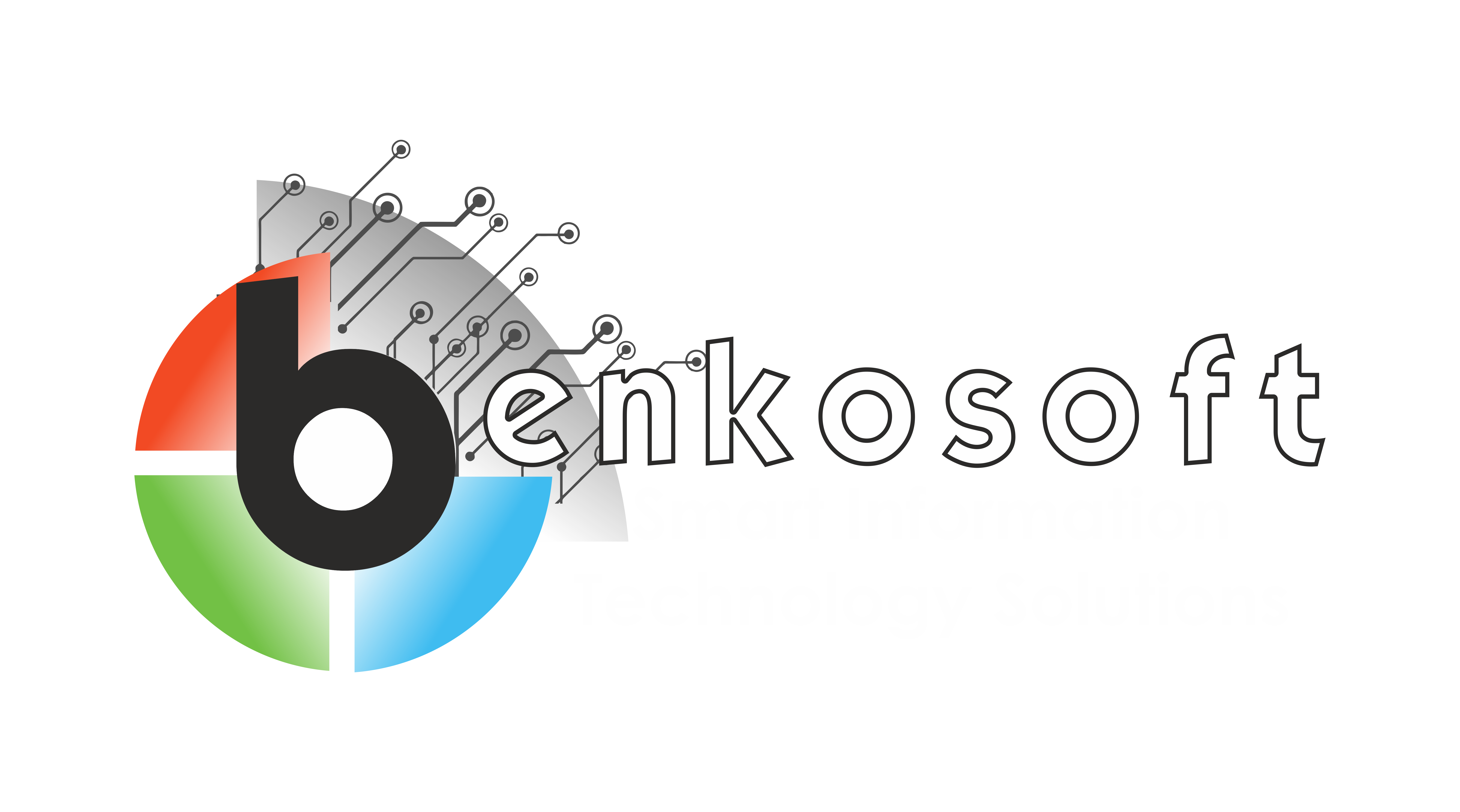Technologies
Git
Git is a distributed version control system (DVCS) that is widely used in software development to track changes in source code during the development process. It was created by Linus Torvalds in 2005 to manage the development of the Linux kernel, and has since become one of the most popular version control systems in use today.
One of the key features of Git is its distributed nature. Unlike centralized version control systems, such as Subversion (SVN), Git does not rely on a central server to store the entire history of a project. Instead, every developer has a complete copy of the repository, including its full history, on their local machine. This allows developers to work offline and independently of a central server, and makes Git fast and efficient.
Git also offers powerful branching and merging capabilities. Developers can create branches to work on new features or bug fixes without affecting the main codebase. Once their changes are complete, they can merge their branch back into the main codebase. Git’s merging capabilities are smart and can handle most merges automatically, reducing the likelihood of conflicts.
Another key feature of Git is its support for non-linear development workflows. Developers can create multiple branches and work on different features or fixes simultaneously. This allows for greater flexibility and agility in development, as teams can work on multiple tasks in parallel without interfering with each other.
Git also offers robust support for collaboration. Developers can easily share their changes with others by pushing their branches to a shared repository. Other developers can then pull these changes into their own local copies of the project. Git also offers tools for code review, such as pull requests, which allow developers to review and discuss changes before they are merged into the main codebase.
Overall, Git is a powerful and versatile version control system that offers a wide range of features to help developers track changes, collaborate effectively, and manage complex development workflows. Its distributed nature, branching and merging capabilities, and support for non-linear development make it an essential tool for software development teams of all sizes.

